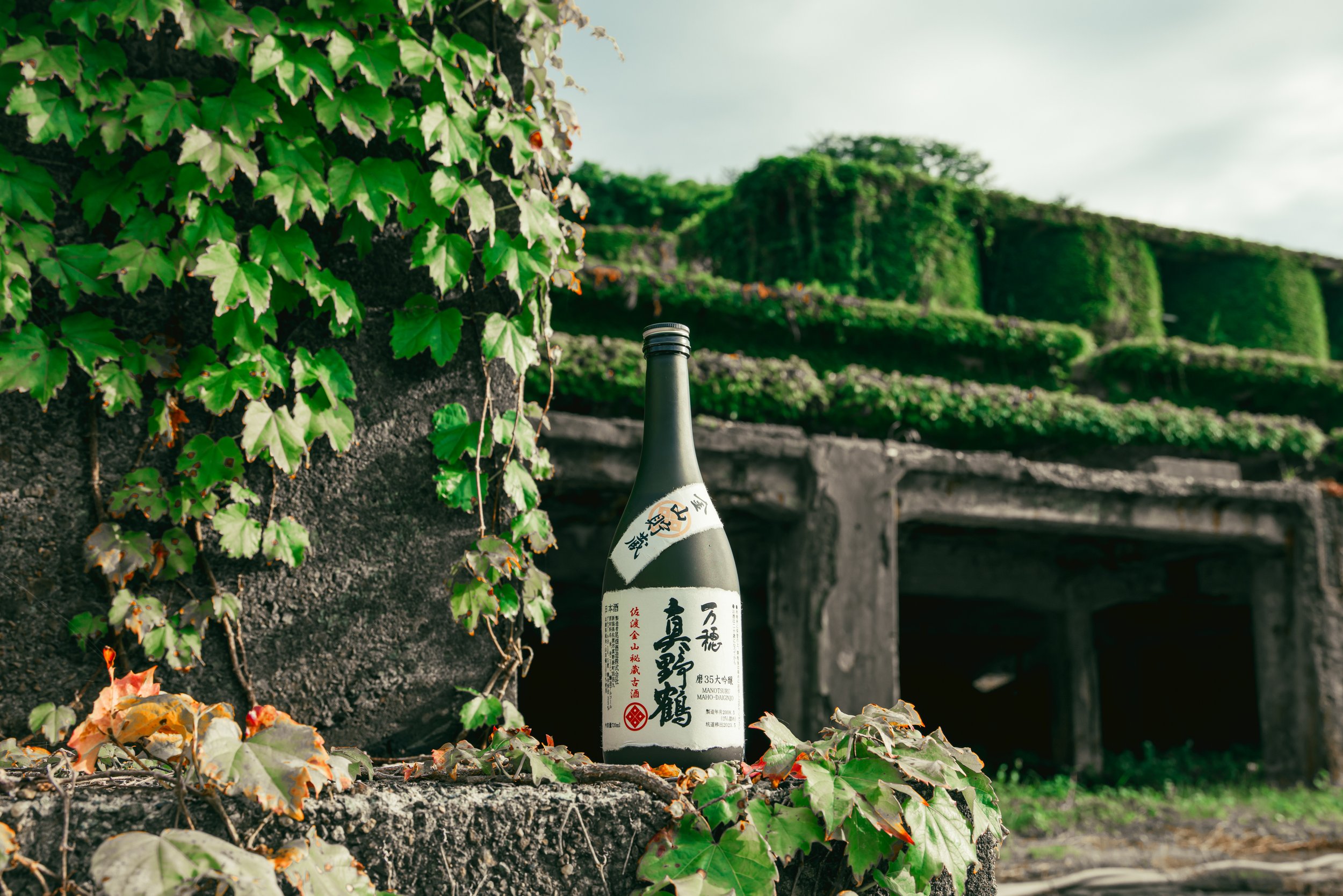Sake is a fermented beverage that is brewed like a beer and appreciated like a fine wine.
The average alcohol content is around 15%, a touch higher than wine. With that being said, sake is a fermented beverage and not a spirit, so it should be sipped and savoured.
At Mai, we only import premium sake brewed in Japan. By law, premium sake can only be made from five ingredients: rice, water, yeast, koji, and a small amount of distilled alcohol. The result is an exceptionally pure drink — free from preservatives, tannins, or sulfites, crafted only from natural elements. In contrast, table sake is not subject to any legal requirements regarding additives or ingredients.
Sake is a beverage that exhibits a diverse range of aromas, flavours, and textures and can be served at a wide range of temperatures in varying service vessels, ensuring there's a perfect sake for every occasion.
Japan’s topography is blessed with a wide range of climates and terrains. Such diversity has given rise to unique histories, traditions and cultures deeply rooted in each region. For these reasons, each sake has its own personality that reflects its distinct terroir and henceforth, its own unique ways to be appreciated.
Yet more than anything, the final flavour of each sake is a reflection of the brewer behind it.
At Mai, we see sake as an art form — a blank canvas shaped by the brewer’s vision. While ingredients and place matter, it’s the brewer’s skill, creativity, and choices during the brewing process that truly define the final character. Two brewers can use the same ingredients in the same facility and craft entirely different sakes — and that is the beauty of this drink.
FAQs
-
Here are some of the most common sake flavours.
Fresh Fruits: Apples, Pears, Melons, Bananas, Grapes, Quince, Pineapples, Mangos, Plums, Peaches, Nectarines, Lemons, Limes, Grapefruits, Strawberries, Cherries
Dried / Cooked Fruits: Raisins, Prunes, Figs, Baked Bananas
Floral: Lilies, Elderflower, Chamomile, Roses
Rice: Steamed Rice, Malt, Porridge
Savoury: Soy Sauce, Mushrooms, Truffles
Dairy: Yoghurt, Butter, Cream, Cheese, Milk
Nuts: Almonds, Walnuts, Macadamia Nuts, Roasted Nuts
Yeasty: Brioche, Biscuits
Spices: White Pepper, Black Pepper, Cinnamon, Aniseed
Sweet: Candy Floss, Honey, Chocolate
Clearly, there is a lot to enjoy with a glass of sake at hand!
-
Premium sake is crafted using only five ingredients: rice, water, yeast, koji, and a small amount of distilled alcohol.
In contrast, table sake is not subject to any legal requirements regarding additives or ingredients.
-
Unfortunately, there is no straightforward answer to this question as the decision often boils down to personal preference or the dining context. If it's a warm day, you might lean toward a cool and refreshing sip, while a rich, hearty dish could prompt you to opt for warmed sake.
In general, consider the following guideline:
Colder sake tends to offer a drier and fresher experience. This is well-suited for delicate sake varieties that may lose their fruity and floral nuances when heated.
On the other hand, higher temperatures intensify the sake's taste, bringing out more umami, sweetness, alcohol warmth, and a full-bodied profile.
Ultimately, the choice between hot and cold sake is a matter of personal taste. We highly suggest you experiment with both to discover your preferred serving style!
-
Whether you’re relishing a Sunday Roast or a Chinese takeaway, umami plays a crucial role in the synergy between sake and food pairings. It is the secret behind why sake complements a diverse range of cuisines.
Even the most subtle sake styles possess an underlying umami flavour, setting them apart from other beverages. This inherent umami has the ability to elevate the cheesy, salty or savoury notes already present in your dish. Alternatively, it can introduce complexity and a depth of flavour to any meal that may lack it.
So, when it comes to sake and food pairings, remember there’s no fuss, just pure deliciousness.
-
In traditional Japanese culture, sake is often enjoyed communally, with friends, family, or colleagues gathering to share drinks. That is why the customary way of drinking sake in Japan is in small cups as the small size of the glassware encourages frequent pouring and sharing among the group, which is meant to foster conversation and camaraderie.
While we respect this tradition, especially when enjoying hot sake, we often opt to savour our sake in wine glasses. We believe that wine glasses offer the optimal vessel for appreciating the full spectrum of aromas and flavours present in Japanese fine sake.
-
The world of sake classifications can be confusing. To help you out, check out our whistle-stop tour of sake grades - what they are and how they work, here.


